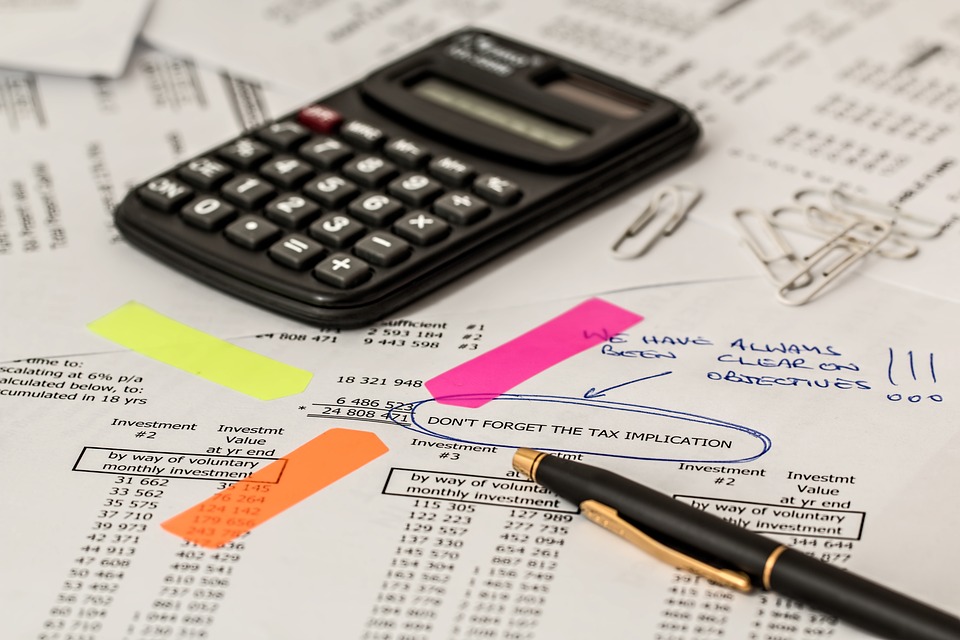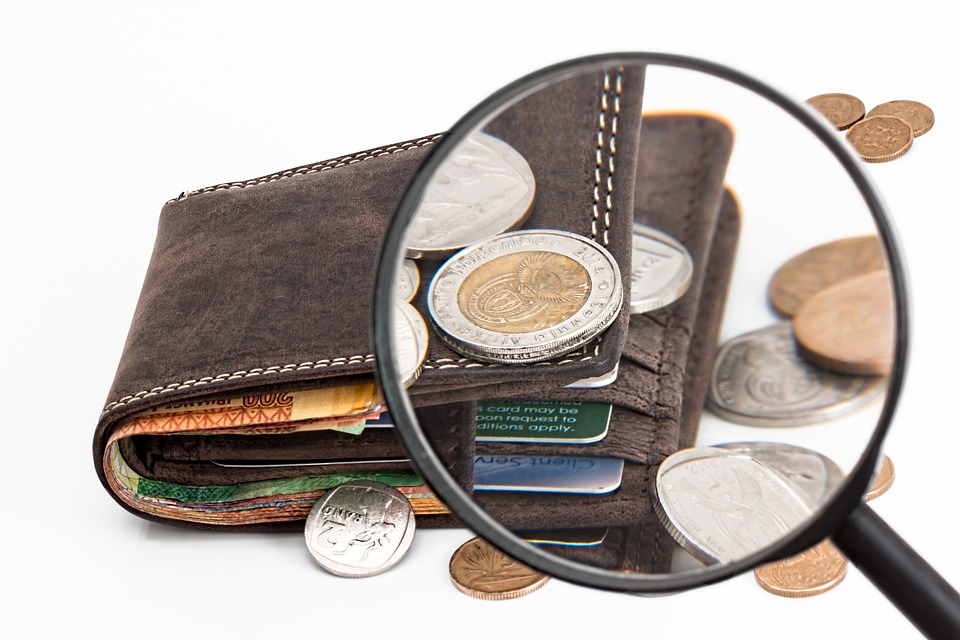
Determining the Size of Your Emergency Fund

In the journey toward financial security, establishing an Emergency Fund is a fundamental step. However, one size does not fit all when it comes to the size of this fund. Determining the appropriate Emergency Fund Size involves a careful assessment of your individual circumstances, lifestyle, and financial goals. This comprehensive guide will walk you through the factors to consider when sizing your emergency fund, ensuring that you’re well-prepared for life’s unexpected twists and turns.
Understanding the Purpose of an Emergency Fund
Before diving into the specifics of how to determine your Emergency Fund Size, it’s crucial to understand its purpose. An emergency fund is meant to act as a financial buffer that saves you from taking on debt during life’s unforeseen events, such as sudden medical emergencies, unexpected home repairs, or job loss. This fund is your safety net, ensuring that you can maintain your standard of living and meet your financial obligations even when the unexpected strikes.
Assessing Your Personal and Financial Situation
The size of your emergency fund should be reflective of your personal and financial situation. This includes your job stability, the predictability of your income, your monthly expenses, and your overall financial responsibilities. Someone with a stable job, predictable income, and low monthly expenses may need a smaller emergency fund compared to someone with a fluctuating income or high monthly expenses.
Evaluating Your Risk Factors
Certain life situations or responsibilities can increase your need for a larger emergency fund. For instance, if you are the sole breadwinner of your family, have dependents, or own a property that requires regular maintenance, you might need to aim for a larger fund. Additionally, if you work in an industry with high turnover or job insecurity, it’s wise to have a more substantial safety net.
Calculating Your Monthly Living Expenses
To determine your Emergency Fund Size, start by calculating your monthly living expenses. Include all your necessities such as housing, utilities, food, transportation, insurance, and any debts or regular payments. Knowing your baseline living expenses will help you gauge how much you’d need to cover your financial obligations in a period of emergency.
Deciding on the Duration
A common rule of thumb is to have enough in your emergency fund to cover three to six months’ worth of living expenses. However, the “right” duration can vary based on your job security, the number of income earners in your household, and your comfort level. In some cases, such as if you’re self-employed or in a volatile job market, you might feel more secure with an emergency fund that can cover up to a year’s expenses.
Considering Additional Emergency Expenses
While your monthly living expenses are a significant component, it’s also important to consider potential emergency expenses that are not part of your regular monthly budget. This might include unexpected medical bills, emergency home repairs, or costs related to family care. Estimating these costs and incorporating them into your emergency fund can provide you with extra security.
Reviewing and Adjusting Regularly
Your financial situation and responsibilities are not static, and neither should be your emergency fund. Regularly review your fund size and adjust it as your life circumstances change. A yearly review or a review after a significant life event (like a change in job or marital status) is a good practice to ensure your emergency fund remains aligned with your needs.
Starting Small and Building Up
If the idea of saving several months’ worth of expenses seems daunting, remember that it’s okay to start small. Even a modest emergency fund can provide some financial relief in times of need. Set a realistic initial goal, like saving $1,000, and then build from there. As you become more financially stable, gradually increase your contributions to your emergency fund.
Conclusion
Determining the right Emergency Fund Size is a personal decision that requires a thorough understanding of your financial situation and a clear assessment of your needs and risk factors. While the journey to building a substantial emergency fund might seem challenging, the peace of mind and financial security it offers are invaluable. Remember, an emergency fund is not static; it should evolve with your life circumstances. For more insights into financial planning and emergency preparedness, consider visiting Financial Fitness Warrior for valuable resources and guidance. Start today, and take a significant step towards safeguarding your financial future.



















